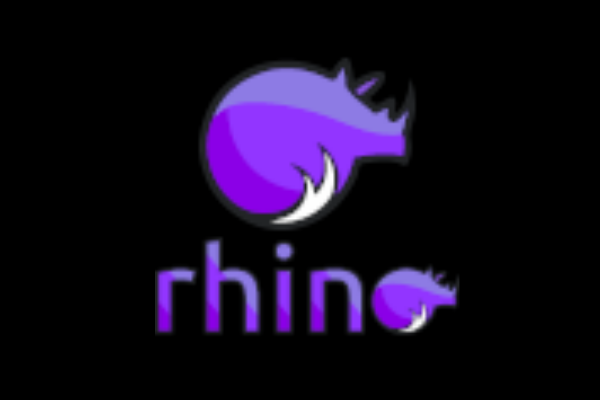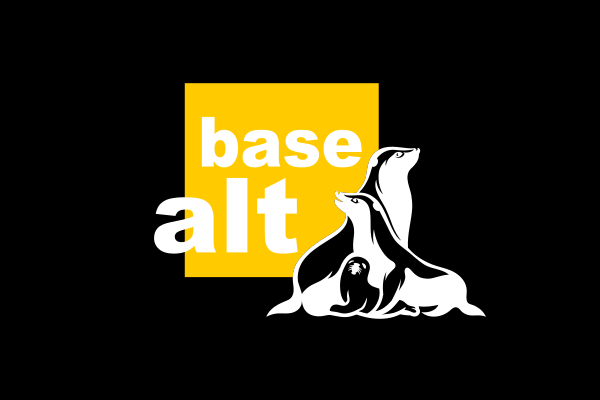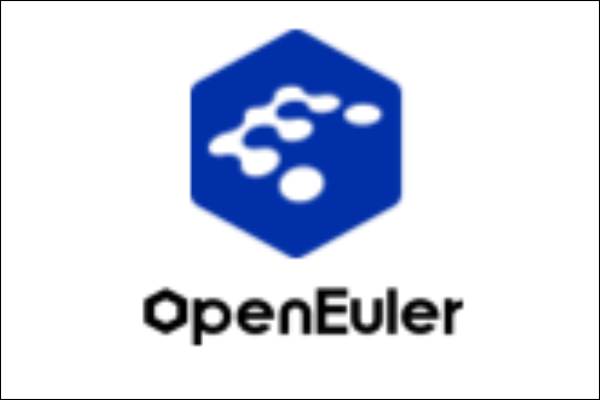Although GNOME is perhaps the most commonly used desktop environment for individual Linux distributions, the developers have decided to make deeper structural changes in GNOME 49, which will affect distribution support.
One of the most significant changes is the discontinuation of classic X11 support. With this move, GNOME developers are closing a technological era and clearly turning toward the Wayland graphics protocol. Although the decision has been years in the making, the current alpha version no longer allows X11-based sessions to be launched. Although it is still possible to run older applications through the XWayland layer, the direction is clear: the future belongs to native Wayland-based workflows.
This transition is not just a matter of principle. One of the central technical innovations of GNOME 49, the performance tuning of the Mutter window manager, will be particularly noticeable in full-screen applications. Improvements to direct scanout will allow certain applications, such as media players and games, to bypass the graphics compositing layer. This not only increases speed, but also makes more efficient use of system resources.
Another significant change is that GNOME 49's deeper dependence on systemd significantly reduces the possibility of supporting alternative distributions, such as those based on BSD or other init systems. GNOME Display Manager (GDM) now manages user accounts through the systemd-userdb system, and session startup is also based exclusively on systemd. Although temporary solutions exist, these are expected to be phased out gradually.
In the field of media players, a new player called Showtime is replacing Totem. The GStreamer-based solution does not require any special attention or intervention from the user: it is simple, clean, and has hardware acceleration running in the background. While this is not revolutionary, the change is a good example of the project's approach to modernizing the user experience.
There have also been advances on the development side. With the introduction of the Blueprint language, user interfaces can be defined with less code and in a more transparent way, which in the long run may lead to a more uniform appearance of GNOME applications than is currently the case.
It is important to note that the changes in GNOME 49 are not primarily aimed at appearance, but rather at rethinking the deeper, long-term sustainable and modern foundations of its operation. The developers' intention is to provide a more secure, efficient, and standardized working environment, even if this requires redesigning some familiar workflows in the short term.
The final release is expected in September 2025. Until then, it is likely that further details will come to light and further refinements will be made to the current alpha version. The scale of the changes is significant, but hopefully GNOME 49 will be able to implement them in a balanced and thoughtful transition.









































